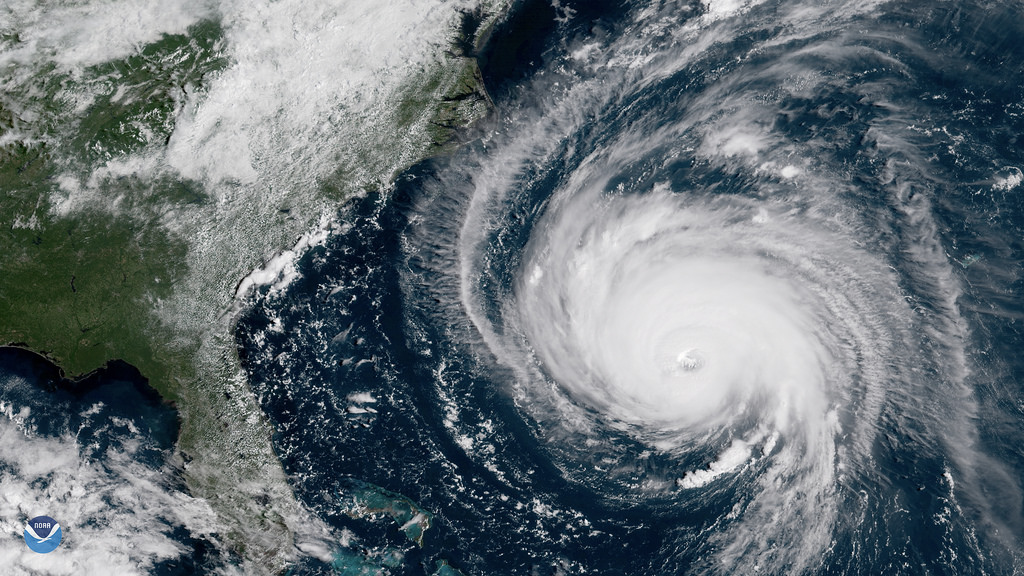Early in September, Hurricane Florence caused widespread panic on the east coast of the United States. At its height, the storm was classified as a Category Four hurricane. Winds reportedly reached 140 miles per hour for approximately one minute four days before making landfall.
Many states on the east coast, including North Carolina, South Carolina, and Virginia, declared a state of emergency and encouraged residents to evacuate. Multiple universities in North Carolina told their students to evacuate, including the University of North Carolina at Chapel Hill and the University of North Carolina at Wilmington. Classes were cancelled for nearly a week in some places.
Several major rivers in the North Carolina area flooded nearby interstates, making the roads extremely dangerous to drive on. The Cape Fear River and the Little River rose far above their banks. As reported in the Winston-Salem Journal, sections of Interstate 95 and Interstate 40 were closed for ten days, and did not reopen until September 24. Deaths due to driving accidents caused by flooding contributed to the storm’s total death total, which was at 49-50 people as of October 4.
Not only the coast was affected. People in the Covenant community were affected as well, even from afar. Freshman Sydney Fisher is from Angier, North Carolina, one hour inland from Wilmington, N.C. and over 100 miles from the Atlantic coast. Even that far inland, Fisher’s family and friends were still affected by the far-reaching consequences of Hurricane Florence. Her town received 10-14 inches of rain, which caused rivers around the area to flood. According to Fisher, the rivers still had not crested as of this week.
The power went out in multiple areas around Angier. Stores ran out of gasoline and bread. College classes were cancelled for days and students evacuated. Fisher’s family bought a generator, not knowing how long they would be without power due to the flooding. A neighborhood only twelve minutes from Fisher’s house flooded, leaving many people without a place to go. Fisher’s father helped members of their church whose homes were in danger of flooding by pumping water out of the houses.
In the wake of the loss and destruction left behind Hurricane Florence, individuals and organizations have been quick to assist those affected. Universities and schools opened up places of shelter for those displaced by the flooding, including Coats-Erwin Middle School and Overhills High School near Fisher’s hometown of Angier, N.C. A complete list of the shelters that are still open can be found on the North Carolina Department of Public Safety website.
Uber drivers offered their services for free transport from shelters to anywhere up to $25 for those affected. Individuals coordinated efforts to save animals left behind in a panic by their owners.
ABC News reported that the Cajun Navy, a volunteer group of boat owners, led a search and rescue operation and saved 160 people stranded on top of their cars. These people had been caught in the rapidly rising water while trying to evacuate.
As the rest of the country moves on, and Florence becomes a distant memory in the minds of most Americans, residents of North Carolina, South Carolina, and Virginia are still dealing with the storm’s consequences. Prayers are needed for those who continue to be affected by Hurricane Florence.

